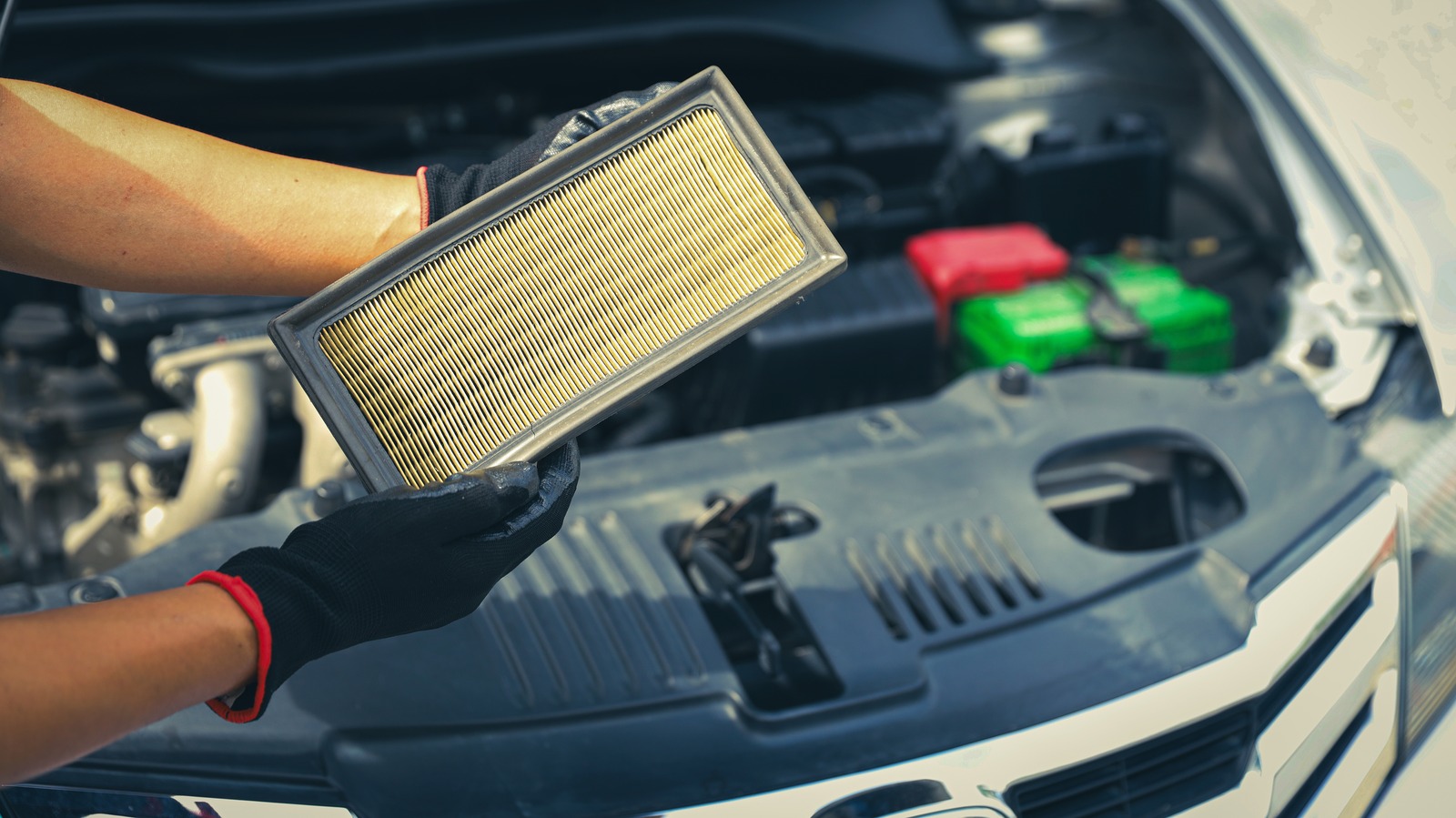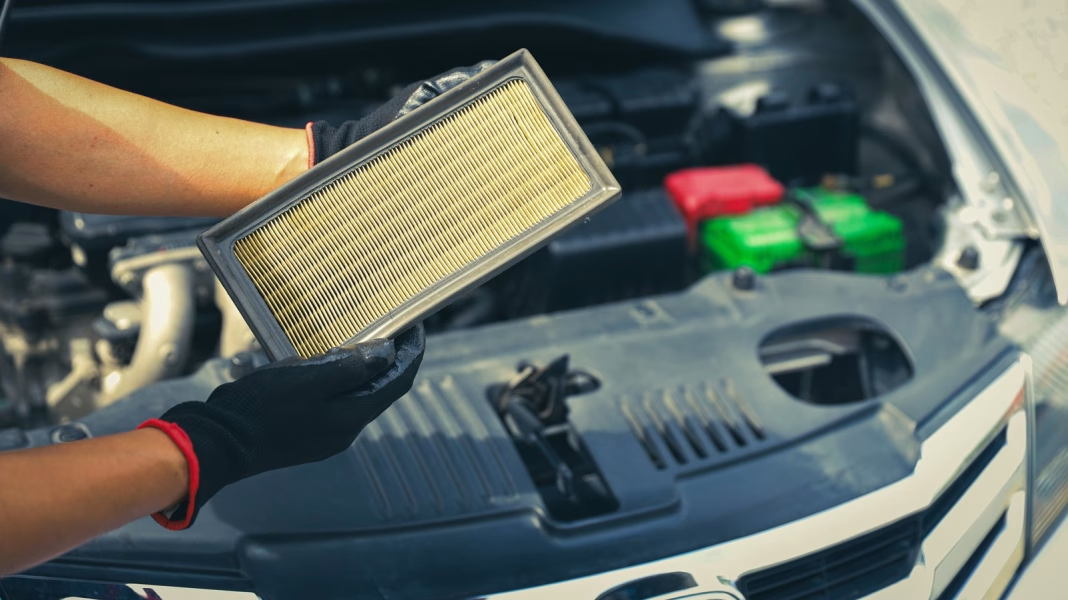Why Would There Be Oil in My Engine Air Filter?
Pop the hood, check your air filter, and—wait, is that oil? If you’ve ever found a slick, greasy patch where only clean air should go, you’re not alone. Oil in the engine air filter is a red flag, but it’s not always a disaster. Let’s break down what’s happening, why it matters, and what you can do about it.
Is Oil in the Air Filter Always a Serious Problem?
Not every drop of oil spells doom for your engine. Sometimes, a light mist or film is normal, especially in older vehicles or those with high mileage. But if you’re seeing puddles or heavy coating, it’s time to pay attention. Excess oil in the air filter can choke your engine, reduce performance, and even lead to long-term damage if ignored.
What’s the Most Common Cause of Oil in the Air Filter?
The usual suspect is your engine’s Positive Crankcase Ventilation (PCV) system. This clever setup reroutes gases and a bit of oil vapor from the crankcase back into the intake, helping reduce emissions and pressure. When the PCV valve gets clogged or fails, pressure builds up. That pressure forces oil up through the breather hose and into the air filter housing. The result? A messy, oil-soaked filter.
Could Worn Engine Parts Be to Blame?
Absolutely. If your engine has seen better days, worn piston rings or valve guides can let more blow-by gases (and oil) escape into the crankcase. This extra pressure overwhelms the PCV system, pushing oil where it shouldn’t go. High-mileage engines are especially prone to this, and you might notice other symptoms like blue exhaust smoke or increased oil consumption.
Are There Other Reasons Oil Ends Up in the Air Filter?
Yes, and some are surprisingly simple. Overfilling your engine oil is a classic mistake. Too much oil means more gets splashed around inside the engine, making it easier for the PCV system to suck up and send to the air filter. Aggressive driving, frequent short trips, or a blocked air filter can also contribute by increasing crankcase pressure or restricting airflow.
How Can I Tell If the PCV Valve Is the Problem?
A quick check can save you a headache. Locate the PCV valve (usually a small, plug-like piece connected to a hose on your valve cover). Remove it and give it a shake—if it rattles, it’s probably still working. If it’s gummed up or silent, it’s time for a replacement. Most PCV valves are cheap and easy to swap out, making this a good first step if you spot oil in your filter.
What Should I Do If I Find Oil in My Air Filter?
First, don’t panic. Remove the air filter and inspect it—if it’s soaked, replace it. Check your oil level and make sure it’s not overfilled. Then, inspect the PCV valve and hoses for clogs or damage. If everything looks good but the problem persists, a mechanic can run a compression test to check for worn engine parts. Catching issues early can save you from bigger repairs down the road.
Can I Keep Driving With Oil in the Air Filter?
Short answer: it depends. A light mist isn’t urgent, but a heavily oiled filter can restrict airflow and harm your engine. If you’re unsure, swap the filter, clean the housing, and monitor the situation. If the oil returns quickly, get it checked out. Ignoring the problem can lead to reduced fuel economy, rough idling, or even engine damage over time.
What’s the Best Way to Prevent Oil in the Air Filter?
Routine maintenance is your best friend here. Change your oil on schedule, use the correct oil grade, and don’t overfill. Replace the air filter regularly and inspect the PCV valve every 30,000 miles or so. If you drive an older car, keeping an eye on oil levels and watching for blue exhaust smoke can catch problems early.
The big takeaway? Oil in your air filter isn’t about perfection—it’s about smarter adjustments. Start with one change this week, and you’ll likely spot the difference by month’s end.


